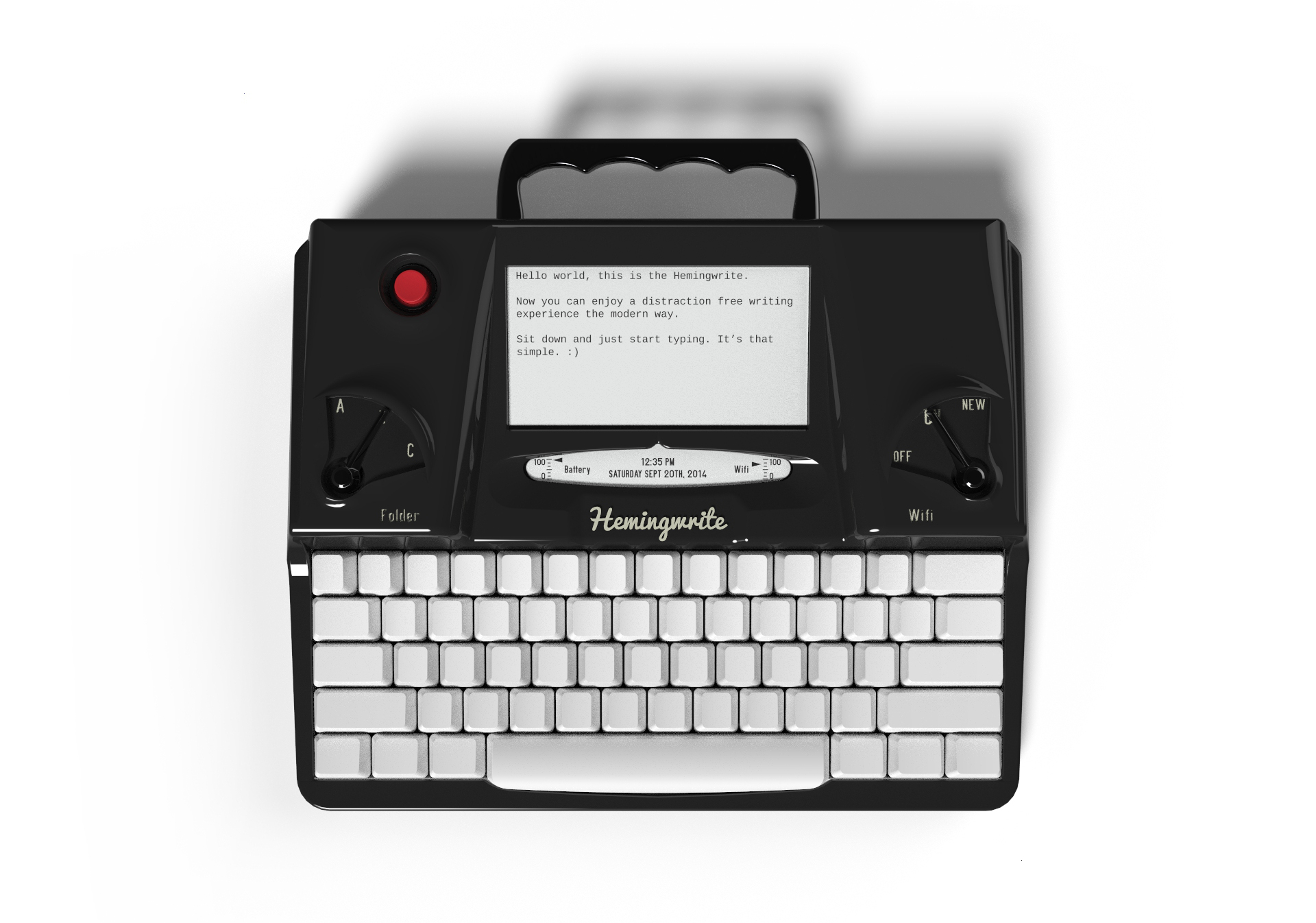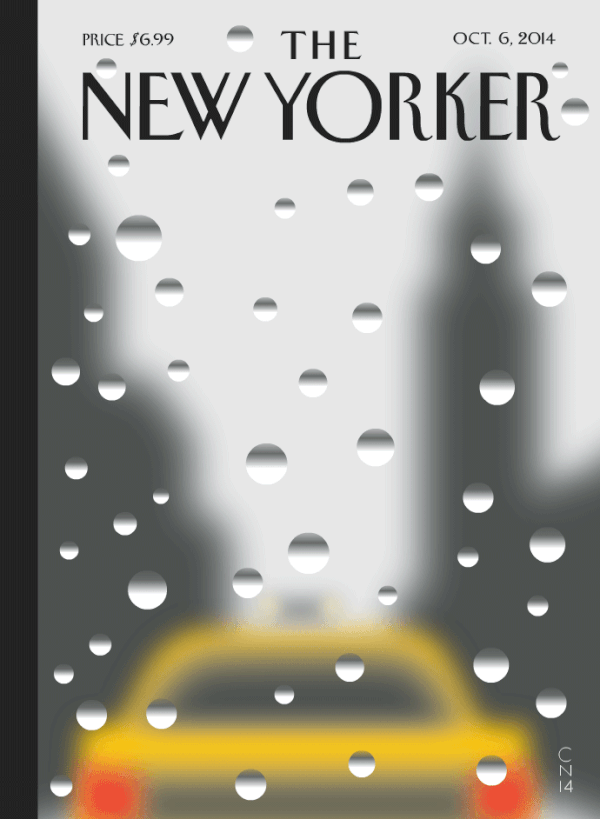I’m intrigued by this new device, called the Hemingwrite. Currently under development, it is a sort of typewriter for the internet age, a simple plain-text word processor with wifi capability that allows it to sync documents with Google Docs and Evernote. That is a perfect combination. It lets jittery, easily distracted writers like me do the one thing we absolutely must — disconnect from the web — while still providing the benefits of cloud syncing and backup. I am not crazy about the over-the-top retro design, which feels self-conscious, but I hope the machine makes it into production, whatever its final design might be. I’d love to try one. For years I have used a variety of devices to shut myself off from the internet while writing: an old, pre-wifi ThinkPad, a simple keyboard device called an AlphaSmart Neo (now lamentably discontinued). This could be a useful tool for gadget-heads like me whose gadgets, alas, tend to get in the way.
Blog
Nina Darnton’s “The Perfect Mother”
Here is a quick Q&A I did with Nina Darnton, whose novel The Perfect Mother launches November 29. If you liked Defending Jacob…
Calvino #1
[M]ost of the books I have written and those I intend to write originate from the thought that it will be impossible for me to write a book of that kind: when I have convinced myself that such a book is completely beyond my capacities of temperament or skill, I sit down and start writing it.
Calvino #2
One starts off writing with a certain zest, but a time comes when the pen merely grates in dusty ink, and not a drop of life flows, and life is all outside, outside the window, outside oneself, and it seems that never more can one escape into a page one is writing, open out another world, leap the gap.
Calvino #3
Instead of making myself write the book I ought to write, the novel that was expected of me, I conjured up the book I myself would have liked to read, the sort by an unknown writer, from another age and another country, discovered in an attic.
An artist’s name
The ancient masters of Japanese art were allowed to change their name once in their lifetime. They had to be very selective about the moment in their career when they did so. They would stick with their given name until they felt they had become the artist they aspired to be; at that point, they were allowed to change their name. For the rest of their life, they could work under the new name at the height of their powers. The name change was a sign of artistic maturity.
Twyla Tharp, The Creative Habit
Rainy Day
After the flood
A new report imagines Boston inundated by rising sea levels — as much as 7.5 feet higher than today. Above, Clarendon Street in the Back Bay converted into a canal. My office is just a few blocks from this intersection.


